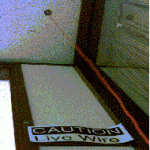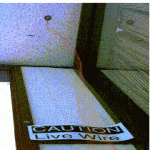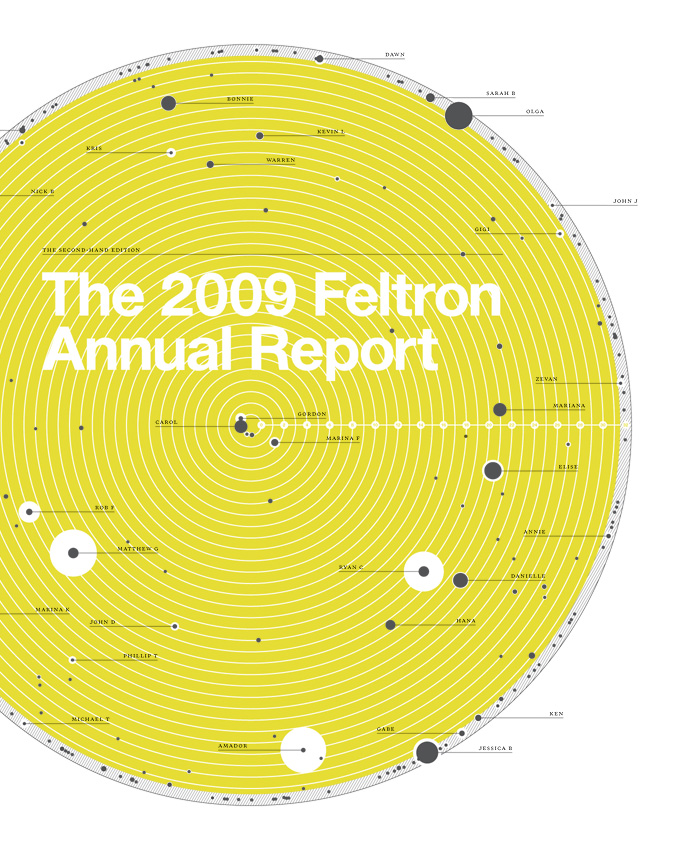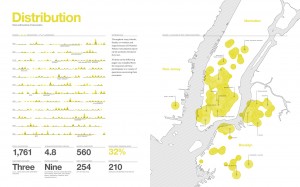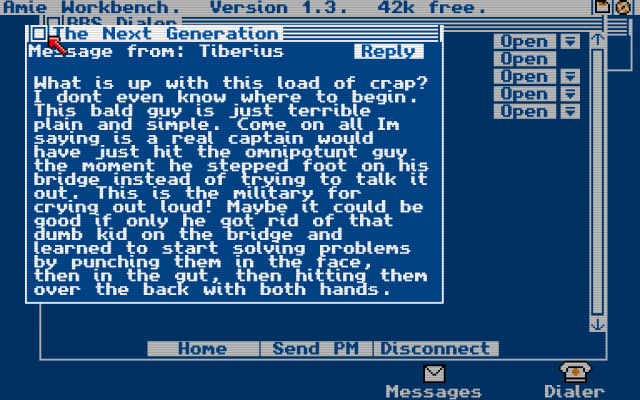1.) http://www.whiteglovetracking.com/
A ridiculously large group of people helped isolate the position of Michael Jackson’s white glove in all 10,060 frames Billy Jean. 125,000 gloves were located. Use data to visualize its movement through space/time
2.)Flight vs. Fall. Track the number of people who choose to jump each year, and what they jump from. Probably will need to aggregate from several sources.
http://webappa.cdc.gov/sasweb/ncipc/mortrate10_sy.html
gives fatality rates/ information for falls (or any type of suicide, including falls,) for any specific year, gender, age group, or region
http://infochimps.com/datasets/accidental-falls-mortality-rate
Deaths from accidental falls, classified by underlying cause of death. Age-specific death rates per 100,000 population
http://infochimps.com/datasets/years-of-life-lost-yll-due-to-accidental-falls-mortality-rate
Classified by cause of fall.
http://www.dropzone.com/fatalities/
fatal skydiving accidents since 2004
http://www.dropzone.com/dropzone
skydiving dropzone locations.
3.) Use the We feel fine API, http://datamob.org/datasets/show/we-feel-fine-api, to track the collective mood of the internet
and display as a dynamic visualization.
